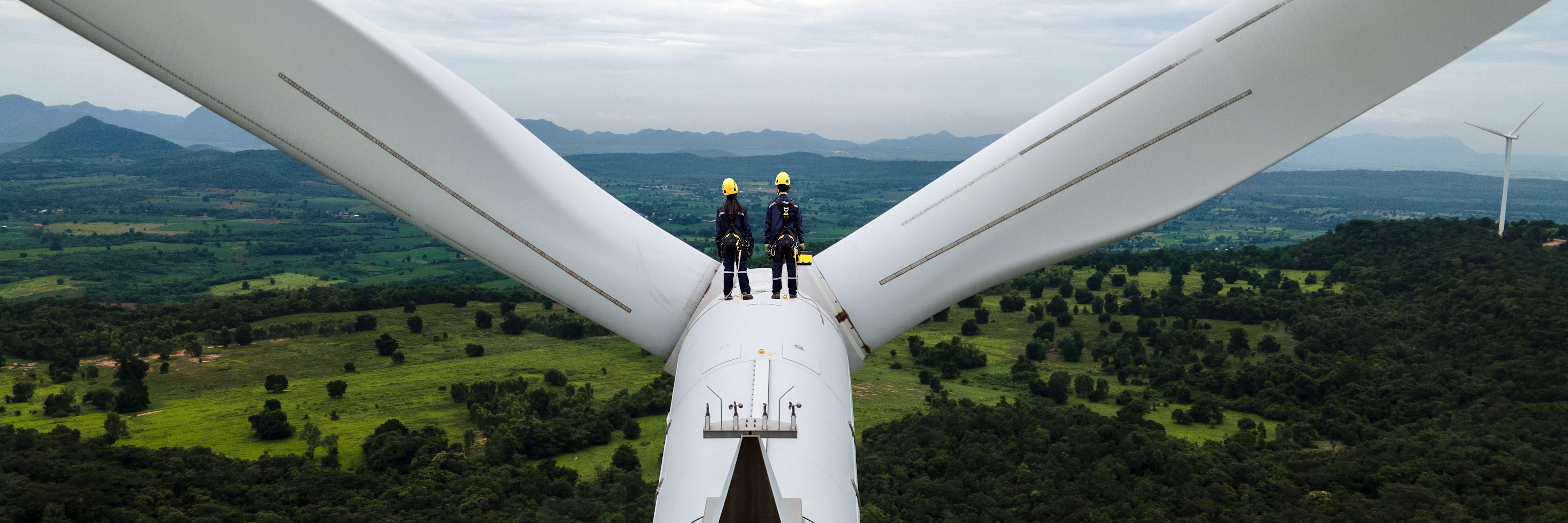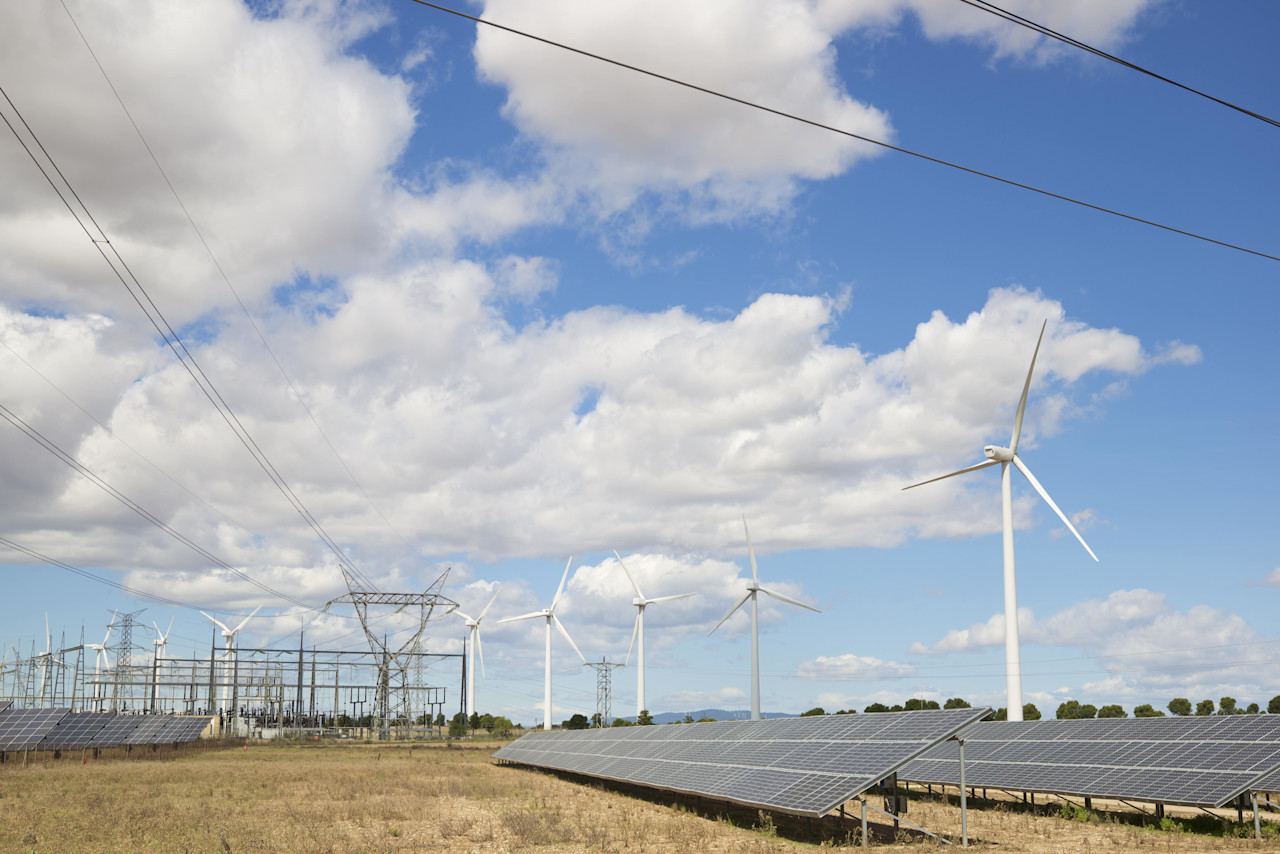Global warming is a gradual and increasingly irreversible rise in average world temperatures at sea level, caused mostly by human activities since the industrial revolution of the 18th century.
The principal causes are the widespread burning of fossil fuels including coal, oil and gas for electricity, heating, cooling and transportation, leading to the emission of carbon dioxide and other greenhouse gases. Unable to escape into space, these gases become trapped in the atmosphere, causing the planet to gradually warm over many decades. This then has an effect on climatic patterns, leading to long-term climate change that brings more storms, floods, droughts, forest fires and more extreme temperatures. Melting ice caps bring rising sea levels that threaten coastal cities, while greenhouse gas that are absorbed by oceans make them more acidic, threatening coral and marine life.

Source: NASA
The Paris Agreement seeks to limit global warming to below 2 degrees Celsius above pre-industrial levels by the end of this century, and to pursue efforts to limit it to 1.5 degrees. According to a report issued in October 2018 by the International Panel on Climate Change (IPCC), the Earth has already warmed by between 0.8 degrees and 1.2 degrees since 1750, with a consensus of an average of 1.0 degrees of warming. Limiting total warming to 1.5 degrees – i.e. allowing another 0.5 degrees of warming – requires the world to become effectively carbon-neutral by 2050.
Evidence of rising temperatures can be seen in that 10 of the warmest years in recorded history have occurred since 2005, according to the US-based National Oceanic and Atmospheric Administration. The hottest was in 2016, when the Earth’s atmosphere was on average 0.94 degrees warmer than the global mean since 1880. In 2019, several nations set new record national temperatures during summer heatwaves that exceeded 40 degrees in Europe. The records were broken in 29 countries for the period from 1 May to 30 August in 2019, according to the California-based climate institute Berkeley Earth. Its research shows that over the summer, there were 1,200 instances of places in the northern hemisphere that were the hottest they'd ever been in a given month.





















